Details
Sony Alpha 7S III (ILCE-7SM3)
Almost five years after the Alpha 7S II, Sony launches its successor: the Alpha 7S III has an improved 12-megapixel sensor, shoots 4K at 120p and is said to achieve exceptional results in low-light photography thanks to large pixels.
The sensor of the Alpha 7S III has a resolution of 12 megapixels, just like the Alpha 7S II, but is now rear-exposed.
At the heart of the new Alpha is a 12-megapixel full-frame sensor that has been improved over the Alpha 7S II. Sony now relies on a back-side exposure (BSI) design that allows more light to be captured and produces better results in low-light shooting. The maximum sensitivity is still ISO 409,600 (expandable down to ISO 40). The sensor is supported by the new BIONZ-XR processor, which is said to have eight times the processing power of the previous image processor.
Sony is also breaking new ground in terms of operation: for the first time in the Alpha 7 series, a fully movable monitor (3.0 inches, 1.44 million dots) has been installed, which now also allows touch operation of the menus. The structure of the menus has also been completely revised; among other things, only the relevant entries are available in photo and video mode for better clarity. The OLED viewfinder achieves a record resolution of 9.44 million dots and a magnification of 0.9x. The size of the image can also be reduced so that eyeglass wearers can also see the entire image.
4K with 120p
The recording limit at this setting is said to be one hour without overheating - the EOS R5 can only manage 30 minutes at a time at 4K/60p. Video recording is limited to this length on the Alpha 7S III in 4K/120p mode - by the way, this is also where a slight crop kicks in (1.1x).
The monitor can be swiveled, and the grip and controls have become larger - as in other cameras of the third Alpha generation
. TheAlpha 7S III even records at up to 240p in Full HD. For time-lapse recordings, lower frame rates of up to 1p can also be selected in S&Q mode. Recording is done internally with a color subsampling of 4:2:2 and a color depth of 10 bit. New codecs are available for this: XAVC-S-I records single frames (All-I) at a data rate of up to 500 Mbits/s, XAVC-HS reduces the amount of data during image group compression to 200 Mbits/s thanks to H.265 compression. Via HDMI 2.1, the camera can even output 4K/60p as 16-bit raw files (ProRes Raw) to an Atomos recorder.
Of course, a logarithmic gamma profile is also available (S-Log 2/3), which is supposed to enable a dynamic range of over 15 f-stops; the sensitivity here starts at ISO 640 (extended: ISO 160). According to Sony, the rolling shutter effect has been significantly minimized.
TheAlpha 7S III is equipped with a 5-axis image stabilizer in the housing, which achieves an effectiveness of 5.5 f-stops when measured according to CIPA standards; in video mode, additional digital stabilization (Active Mode) is used, which also uses a gyro sensor. The information from this gyro sensor can also be stored in the metadata of the videos to use it for digital stabilization in post-processing.
Fast autofocus and 10fps
The AF sensitivity goes down to -6 EV. The camera shoots series at up to 10 fps. The mechanical shutter is designed for 1/8000 s. Sony uses two memory card drives for the first time in the Alpha 7S III, which can use SD cards (UHS-II) as well as the new CFexpress Type A cards. These are smaller than Type B cards and faster than SD cards. SD cards of the video classes V60 and V90 are sufficient for most video modes; only the S&Q mode with 4:2:2 color subsampling and 10-bit color depth requires CFexpress. Continuous mode also benefits from the faster cards; 1000 uncompressed raws in succession should be possible here.
A Z-battery is used for the power supply, which can be charged via USB-C and supplies power for 600 photos or 95 minutes of video. Continuous power via USB is also possible.
Tamron 20-40mm f2.8 Di III VXD Sony E-Mount
Designed for Sony full-frame mirrorless cameras with E-mount mounts, this exceptional 20-40mm F2.8 standard high-speed zoom lens is an excellent choice for many everyday photo and video shoots. With a Zoom range from 20mm ultra-wide to 40mm standard focal length, it is currently the smallest and lightest lens in its class.
The 20-40mm F2.8 achieves outstanding imaging performance across the entire focal length range. It is ideal for both demanding photography and making creative videos for vlogs. The lens is equipped with Tamron's proven VXD autofocus with linear motor (Voice-coil eXtreme-torque Drive). VXD technology is characterized by particularly quiet and agile focusing that achieves very high precision even in dynamic situations. The shortest possible focusing distance of only 17 cm and the maximum magnification of 1:3.8 in the wide-angle range make the lens also recommendable for expressive close-ups.
High speed F2.8 and compact design
Fantastic family videos, vlogs and other online content
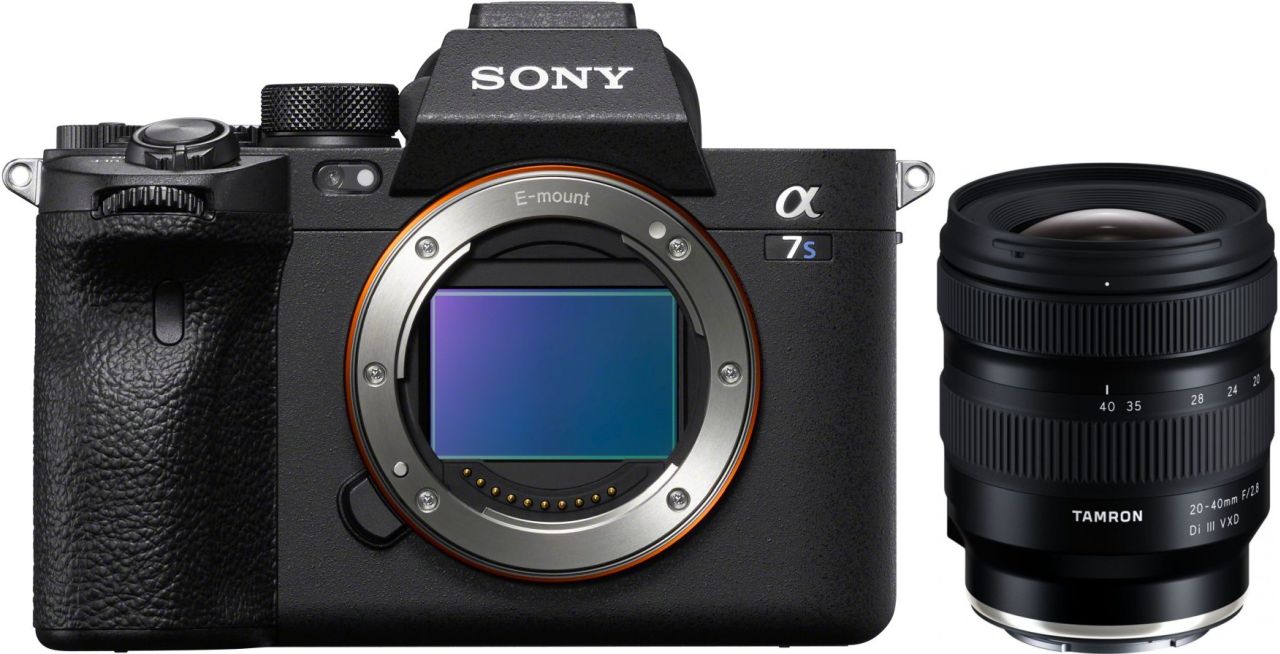
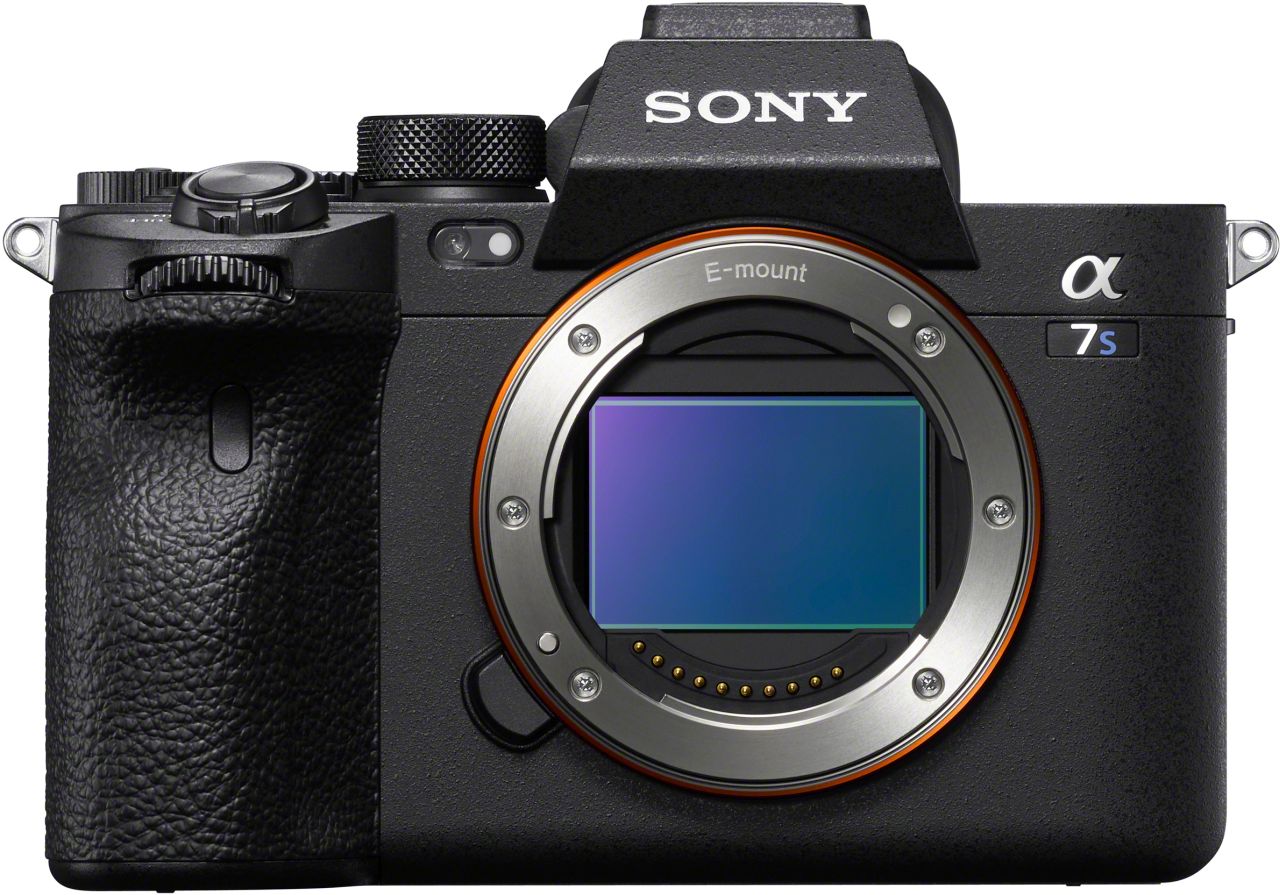
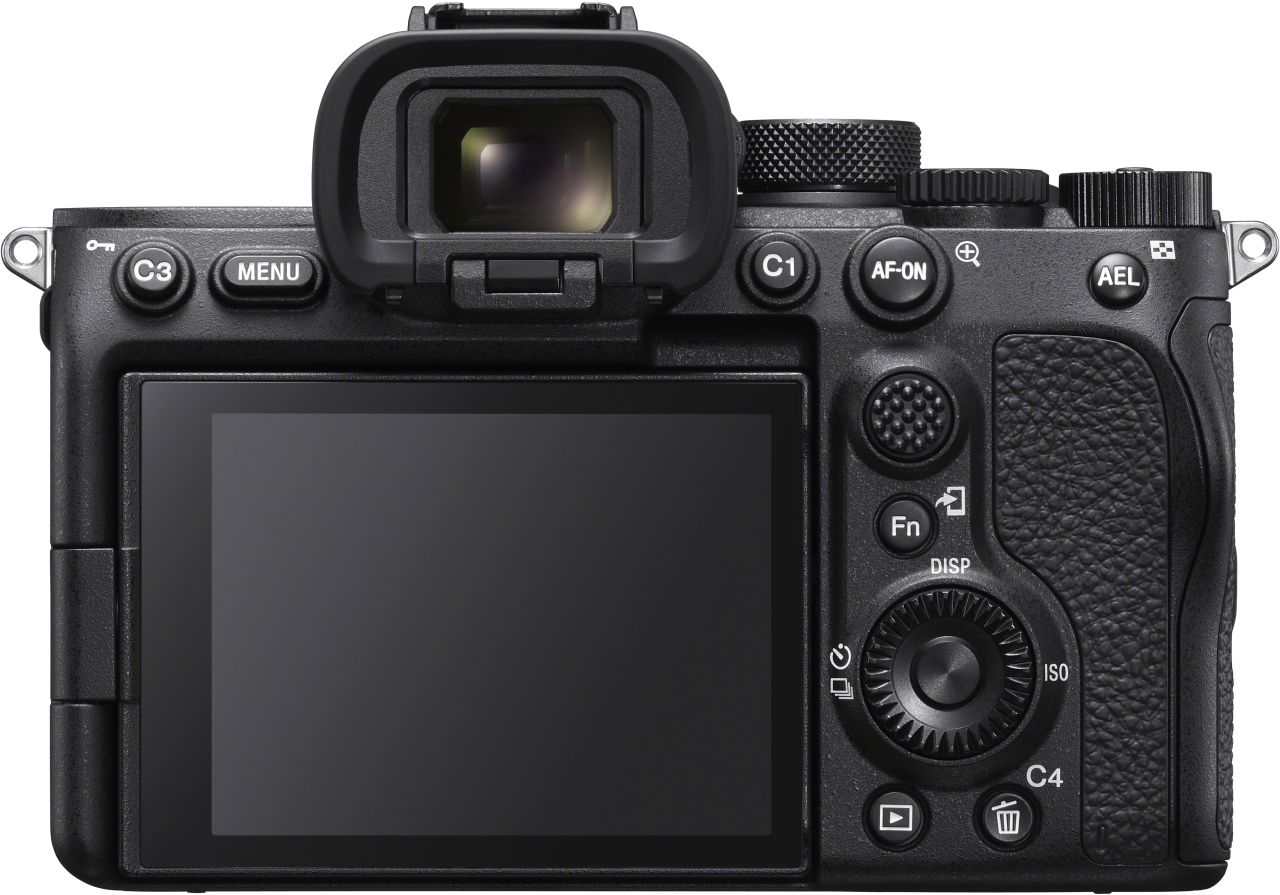
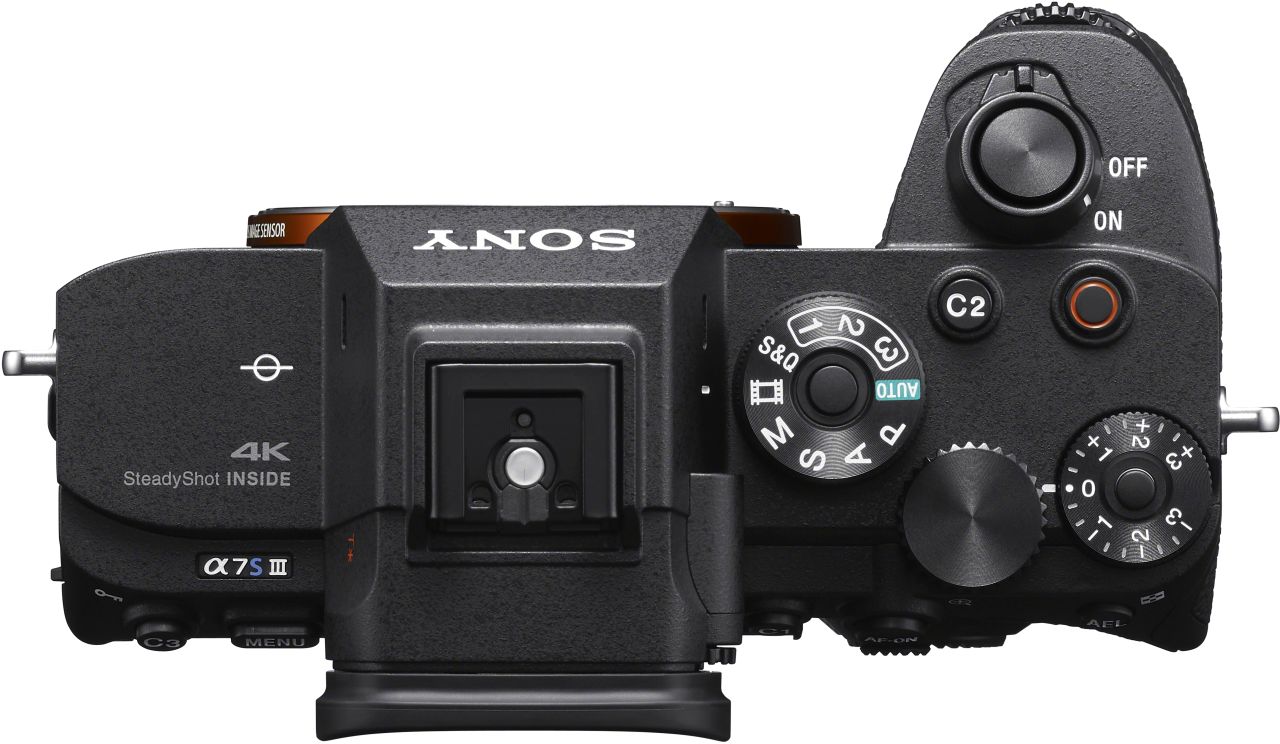
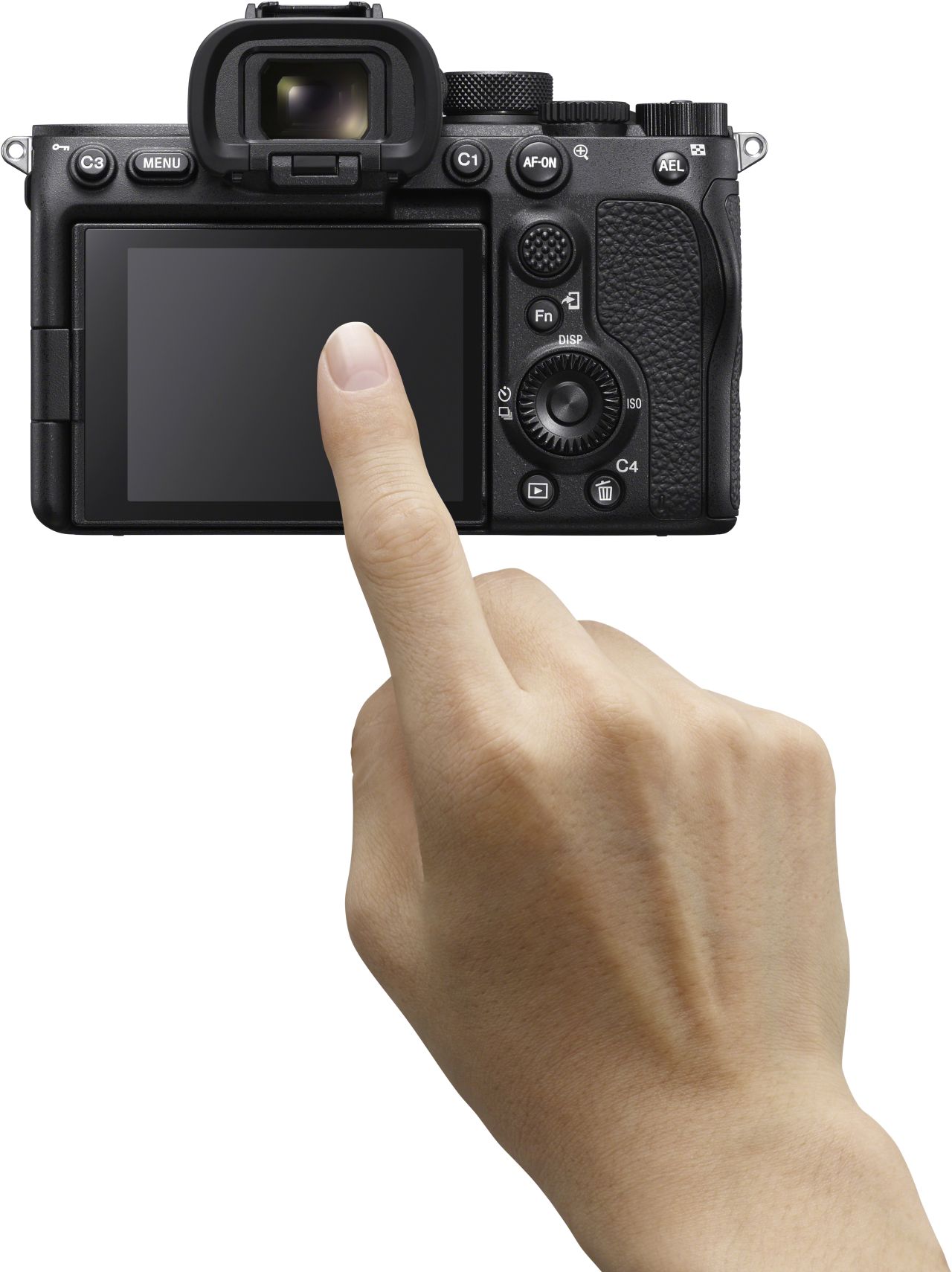
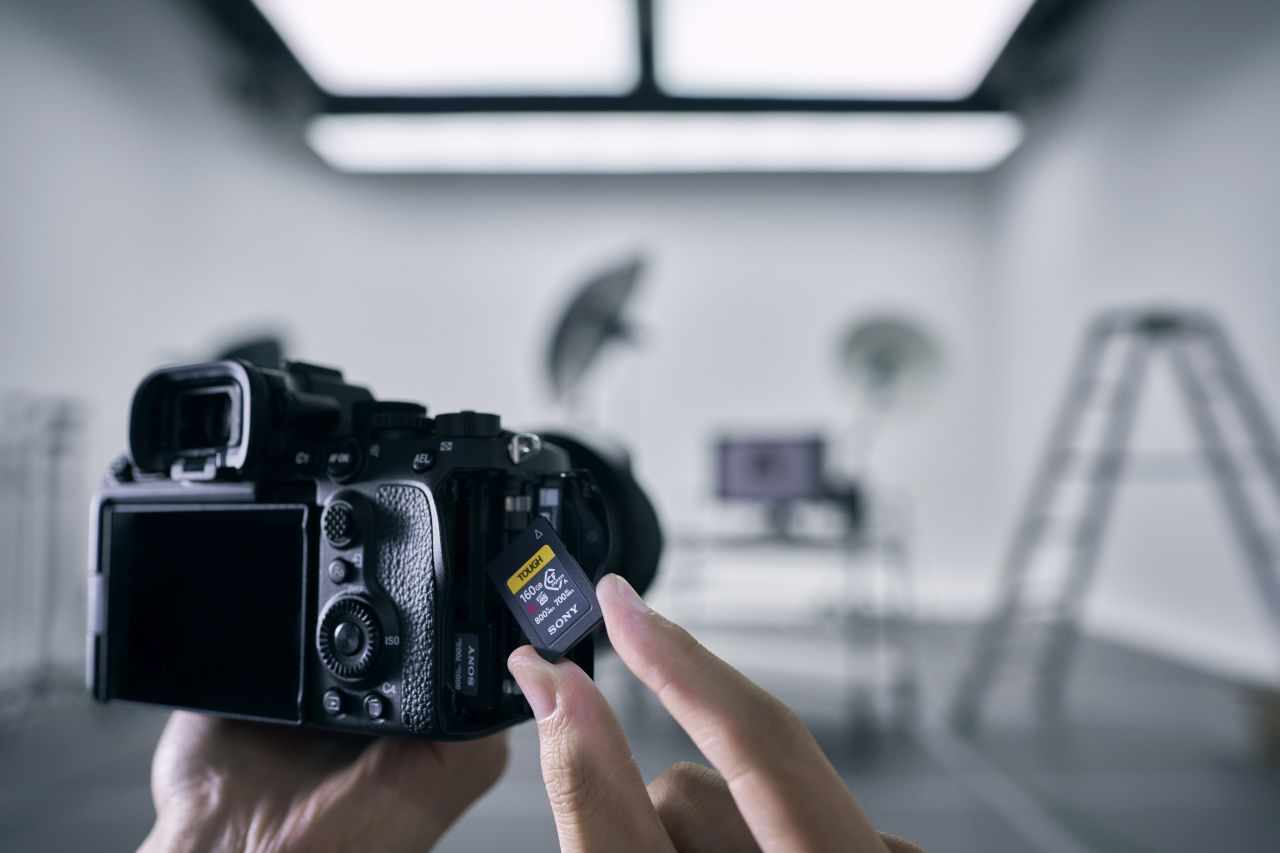
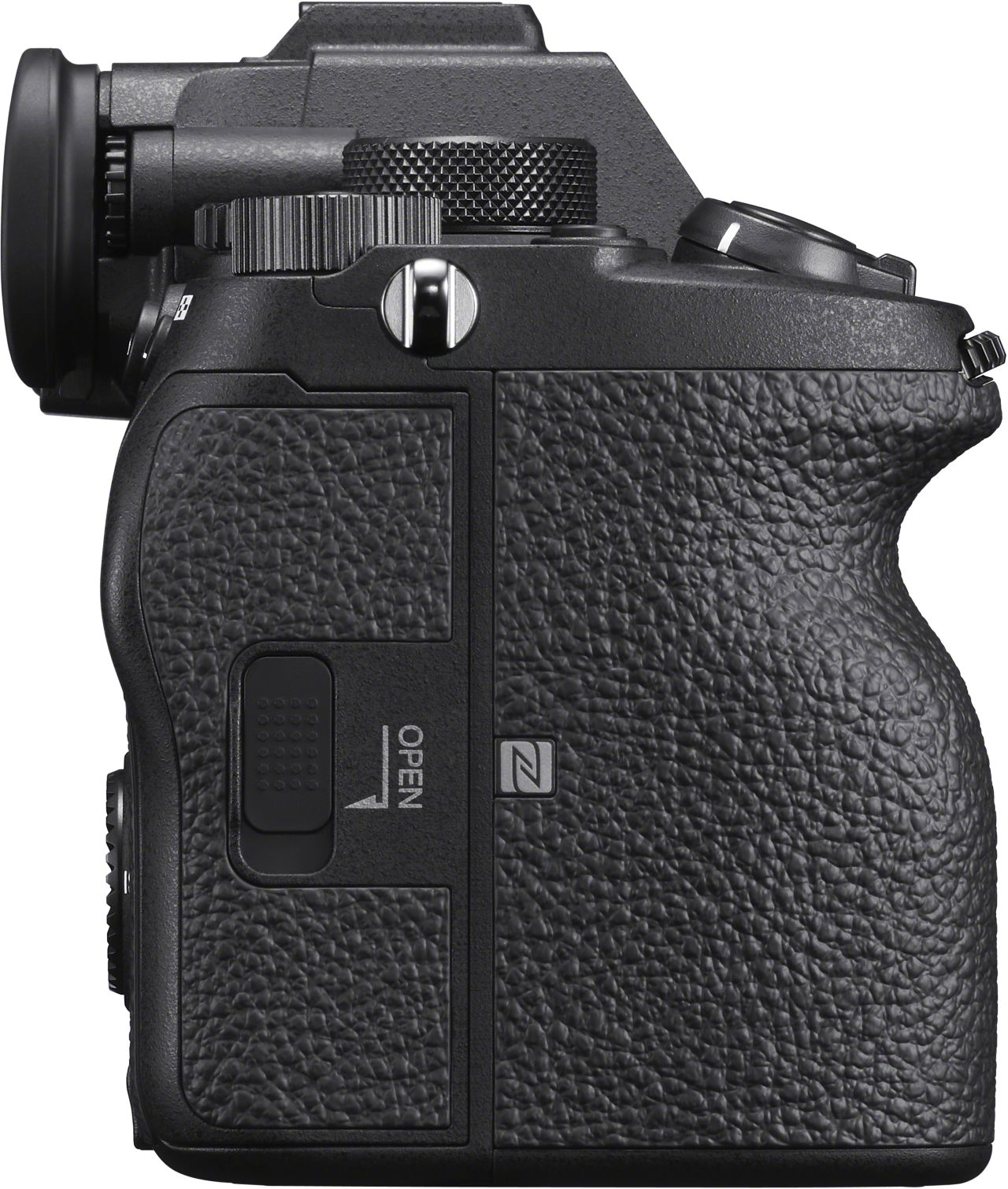
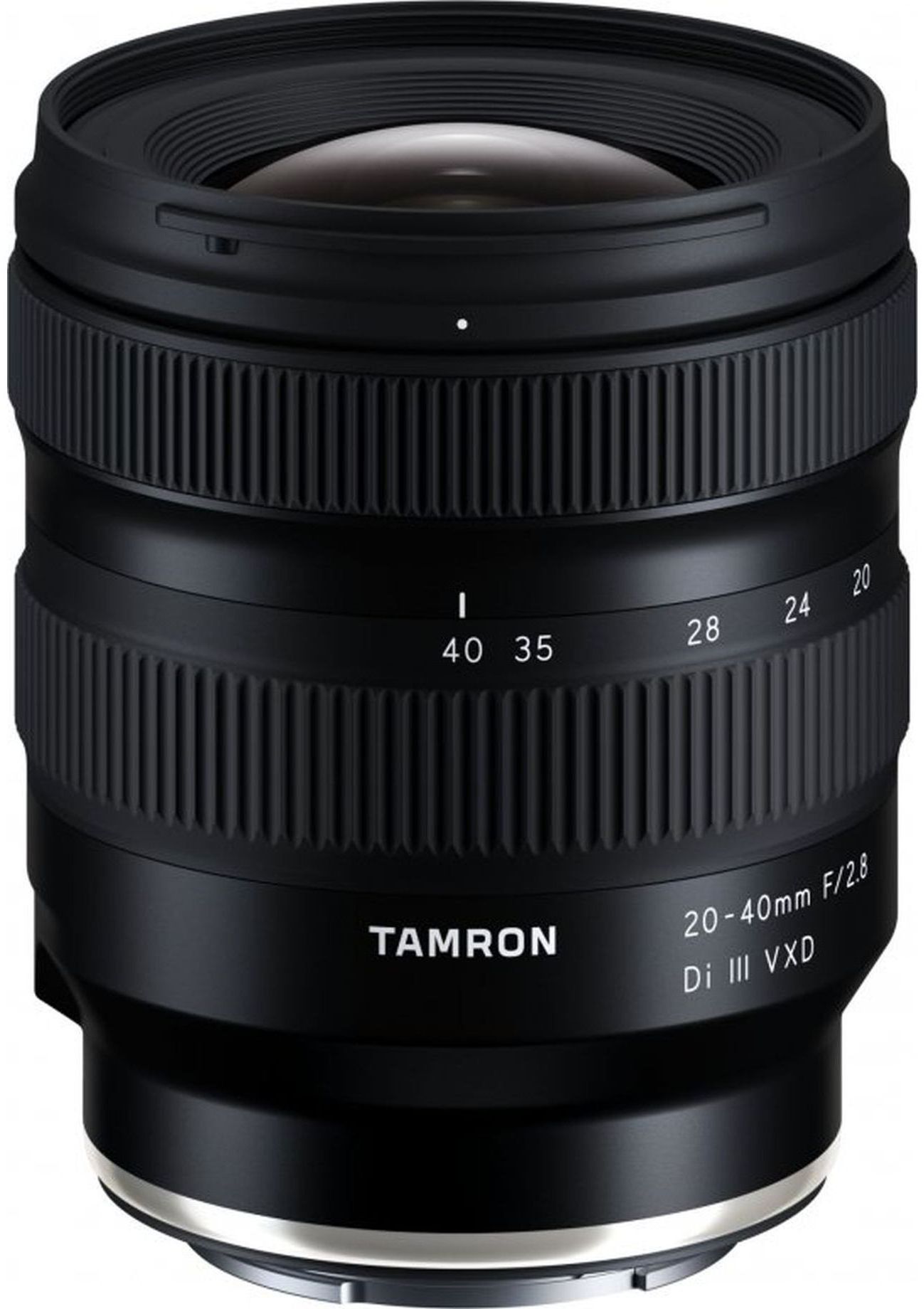
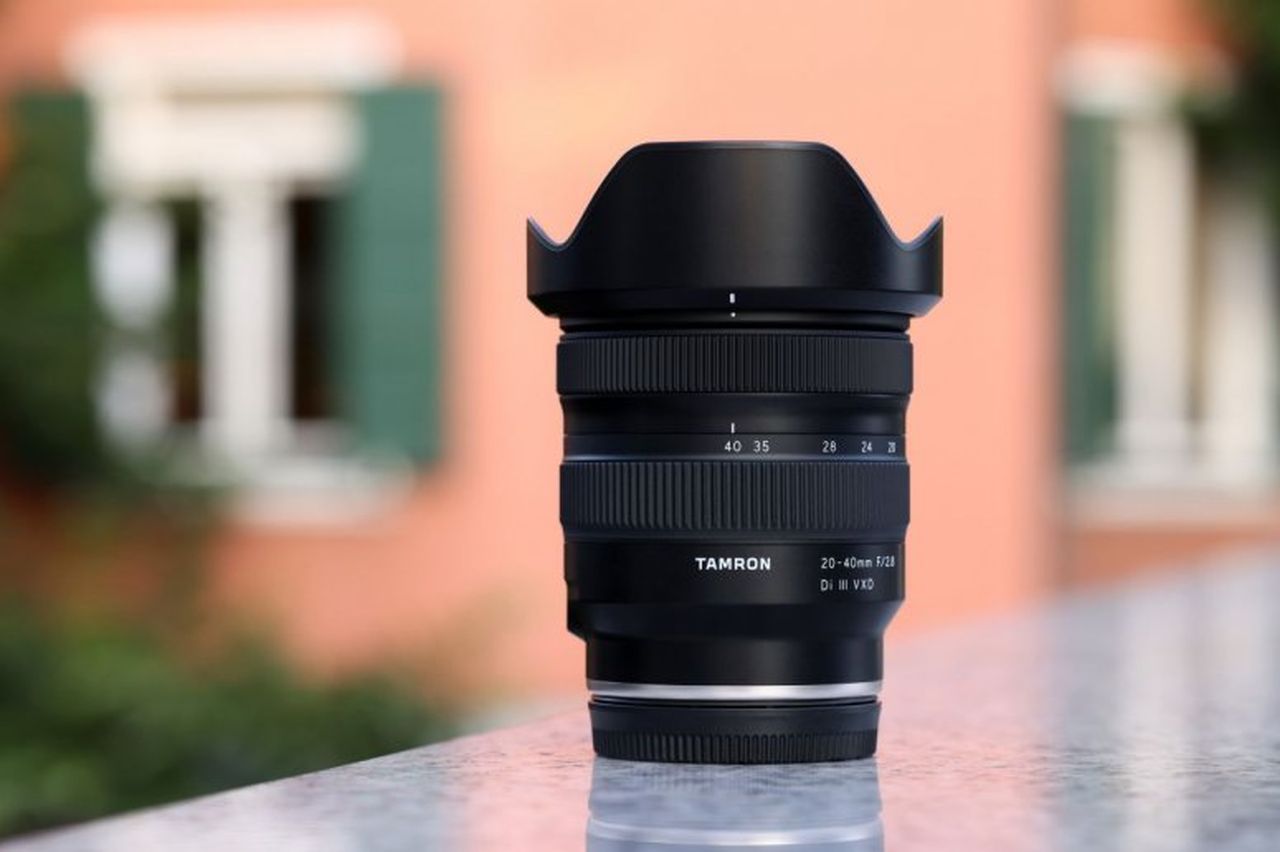
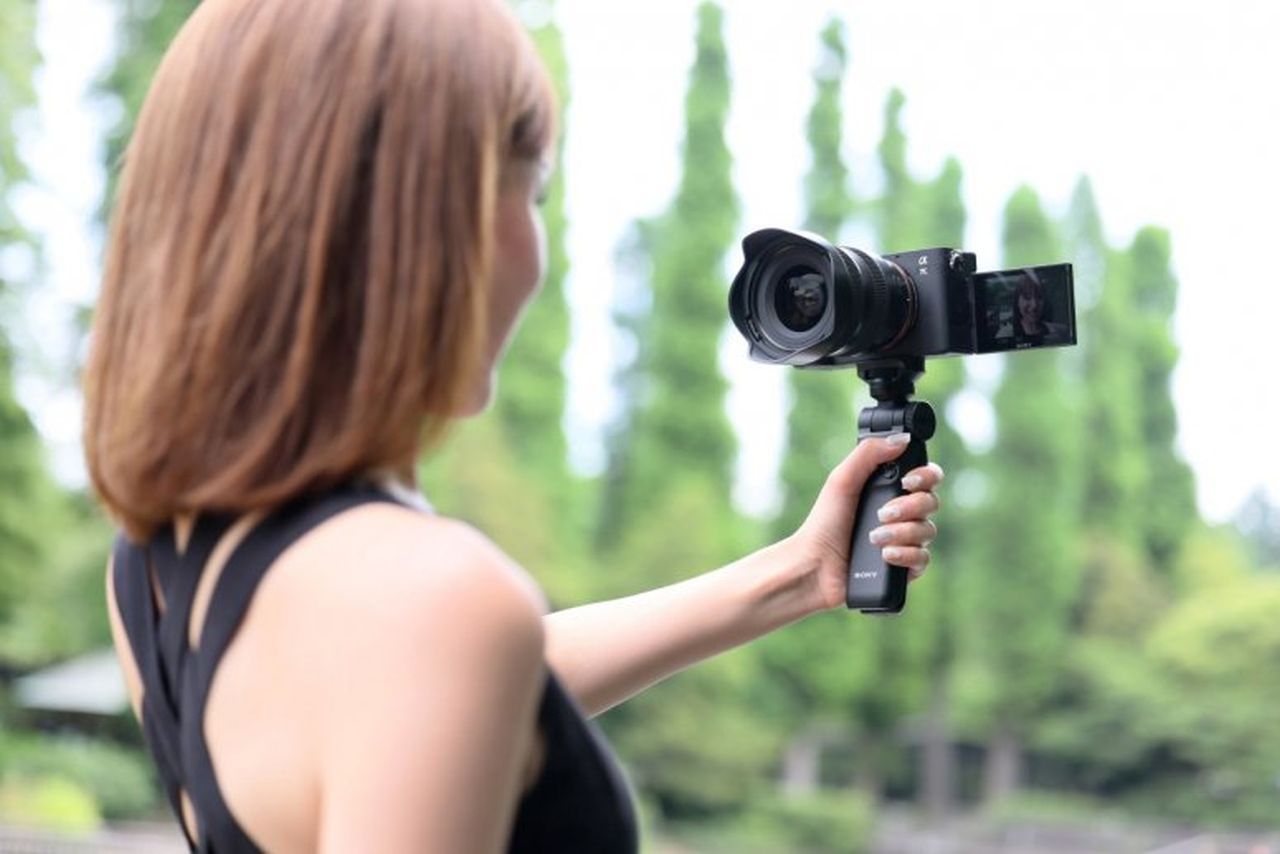

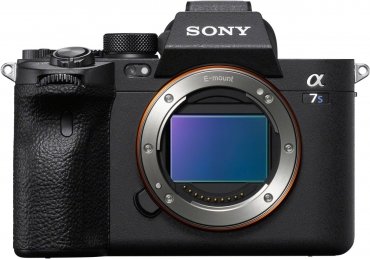
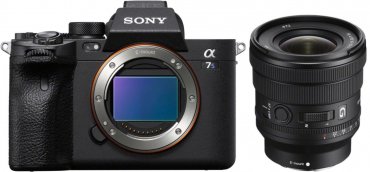
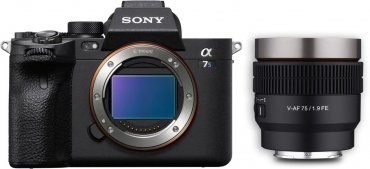


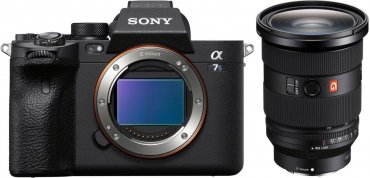
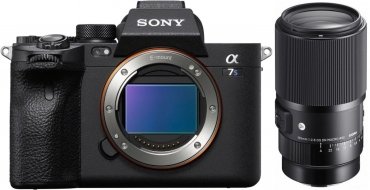
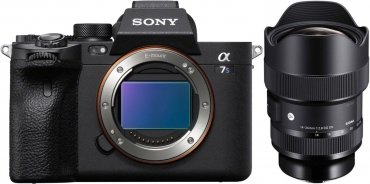
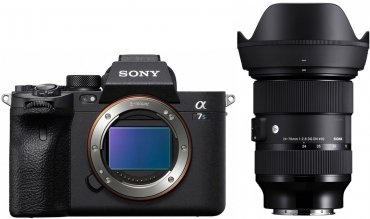
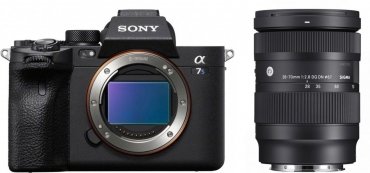
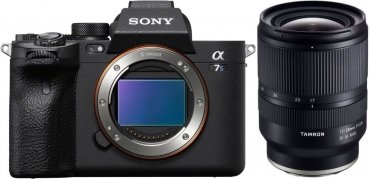
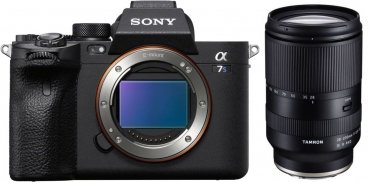
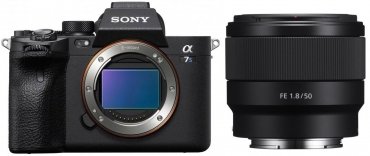
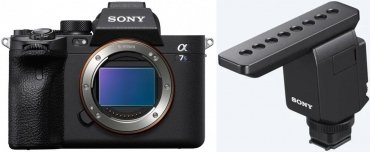

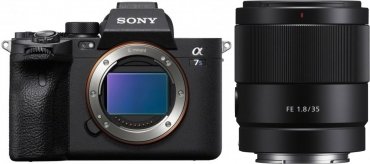
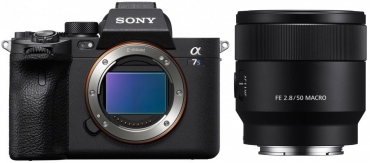

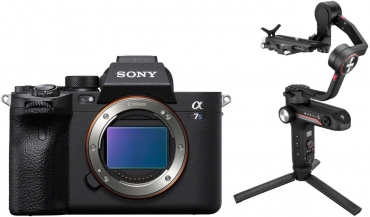
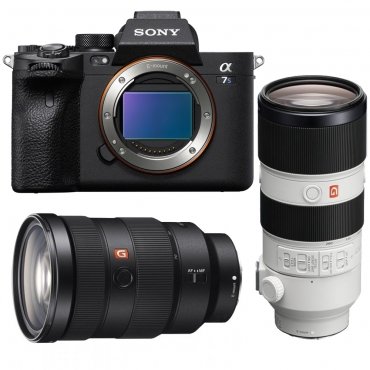
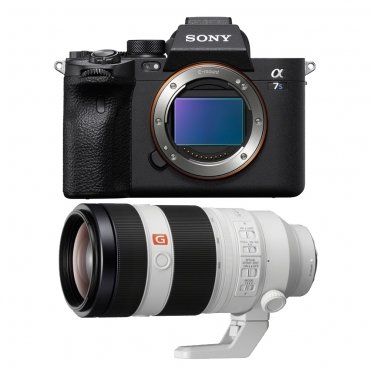
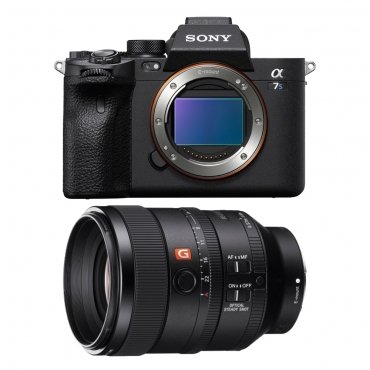
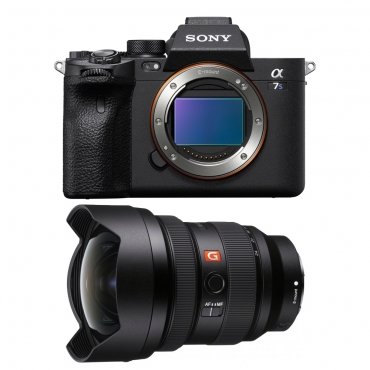
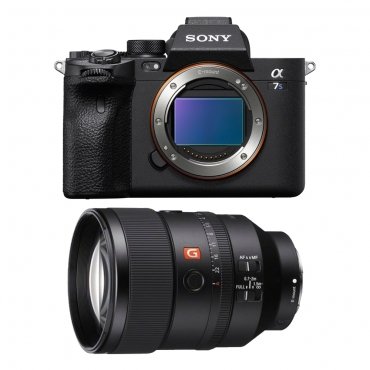

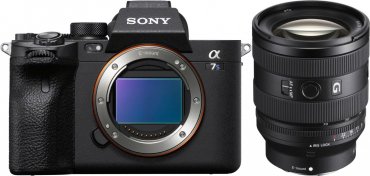
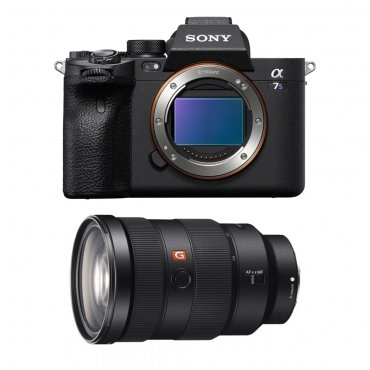
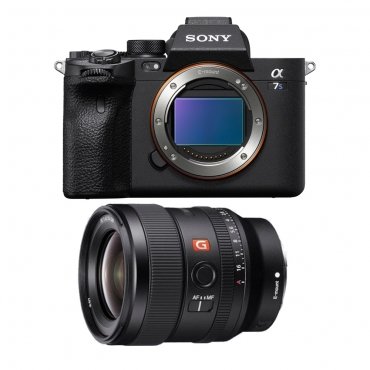
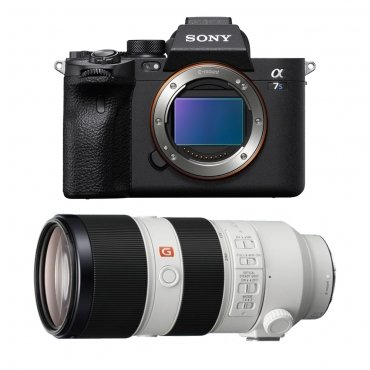
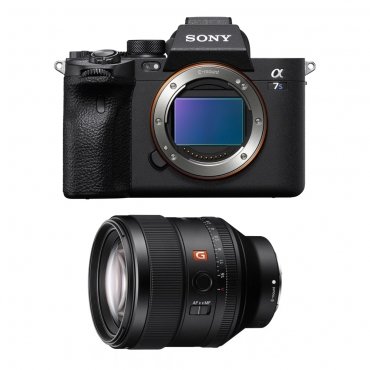
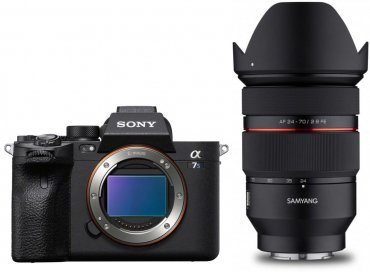
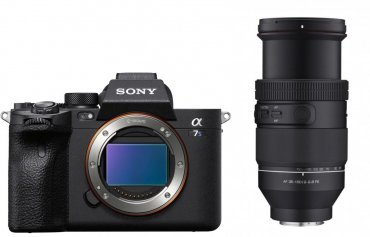
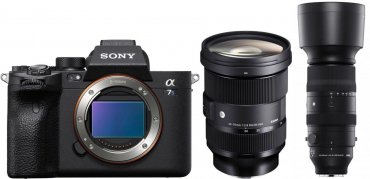

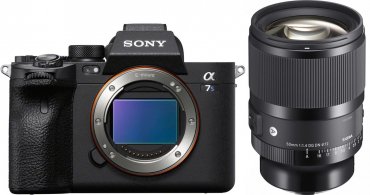
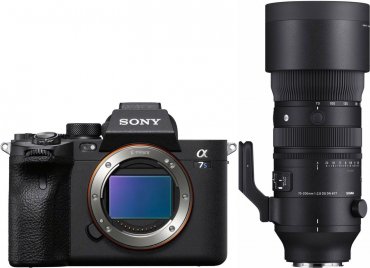

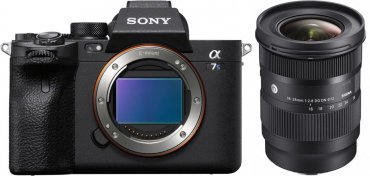

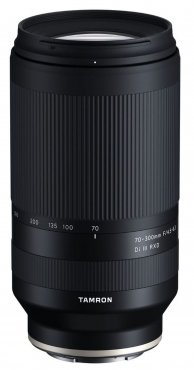

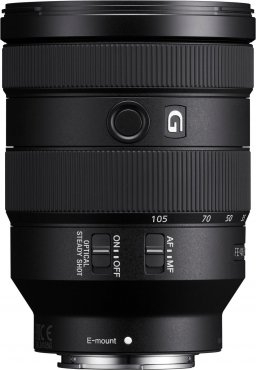

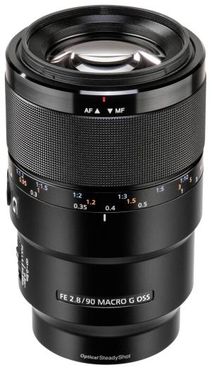
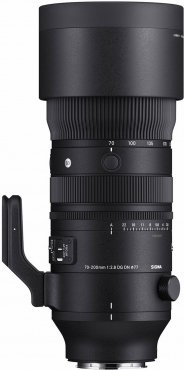
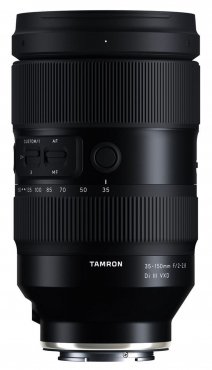
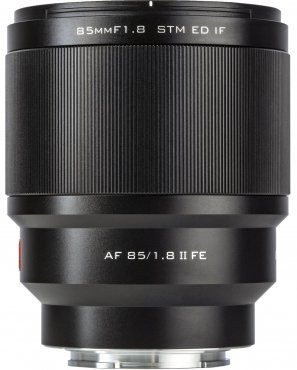
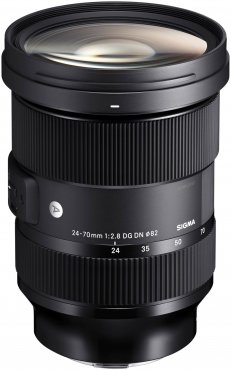
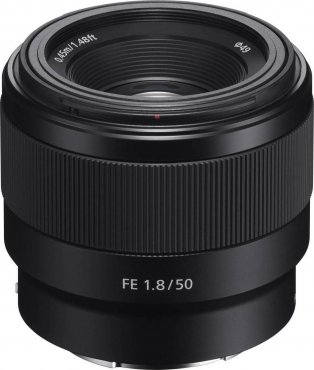
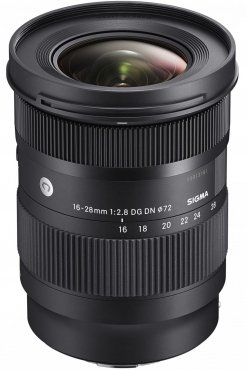
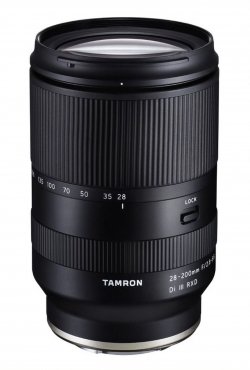
![Sigma 150-600mm f5-6.3 DG DN OS [S] Sony E-mount](https://media.foto-erhardt.de/images/product_images/thumbnail_images/907/sigma-150-600mm-f5-63-dg-dn-os-s-sony-e-mount-162814386990790304.jpg)
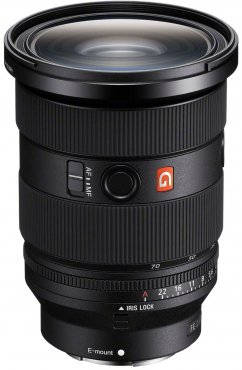

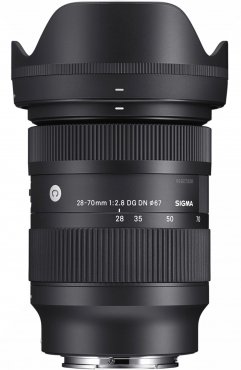
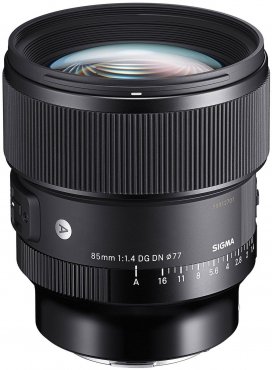
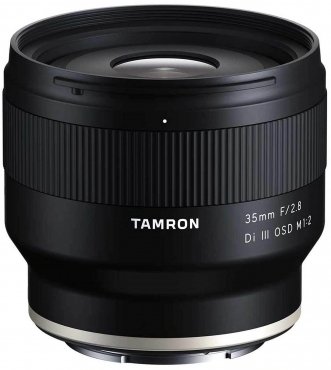

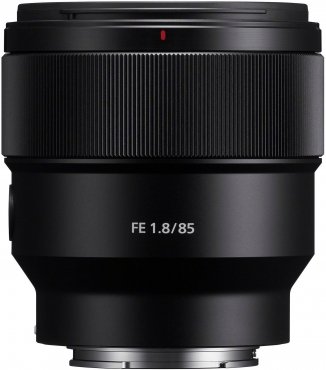

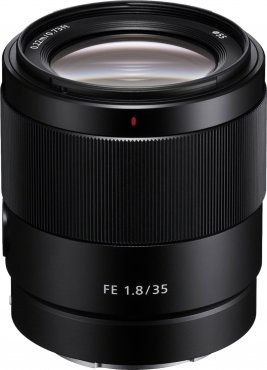
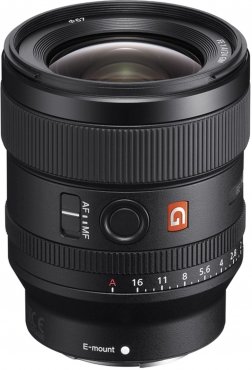
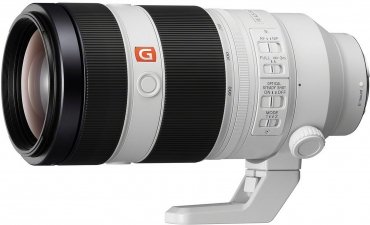
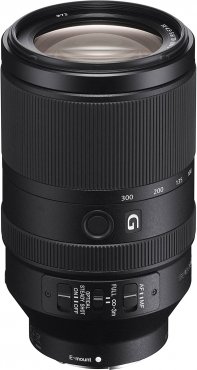
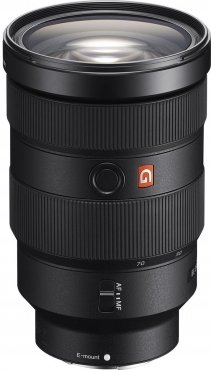
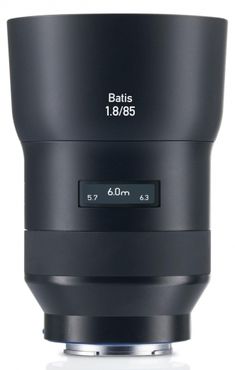
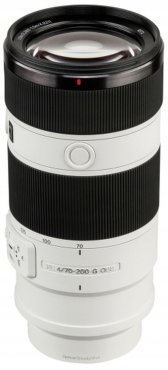
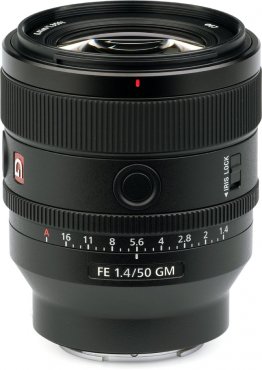
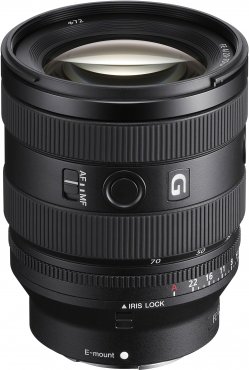
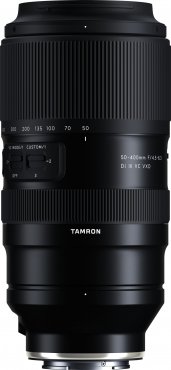

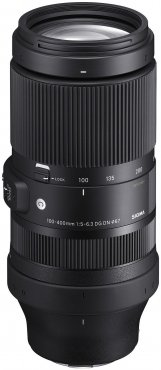
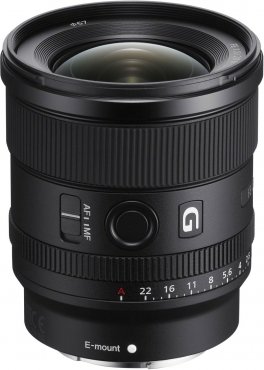
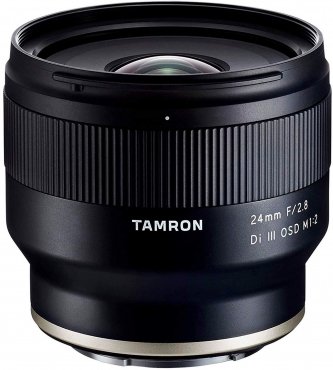

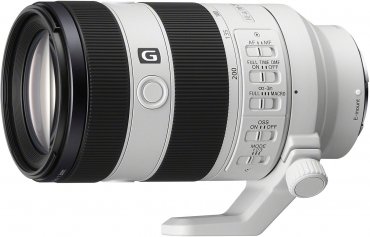
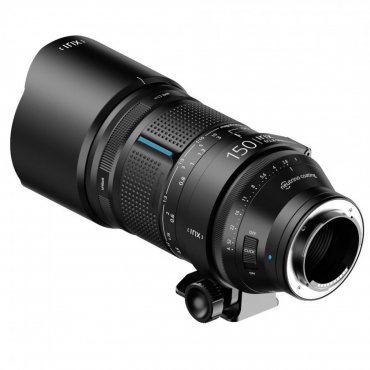

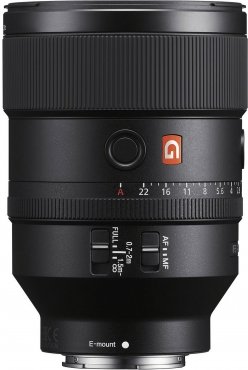
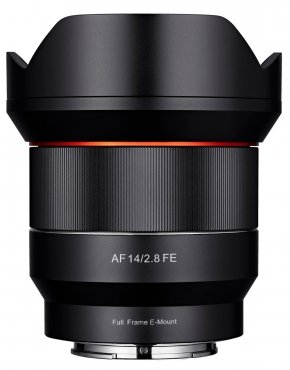
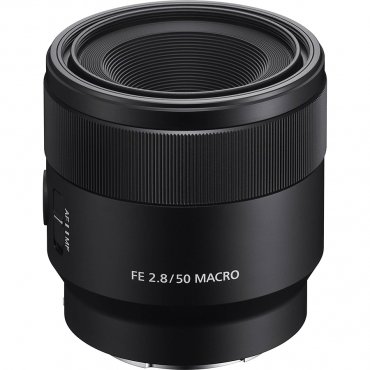
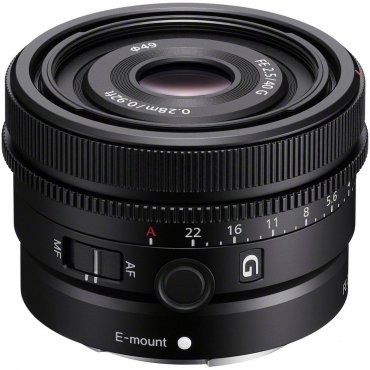
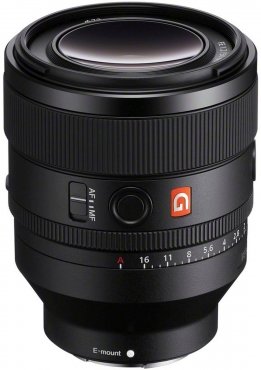
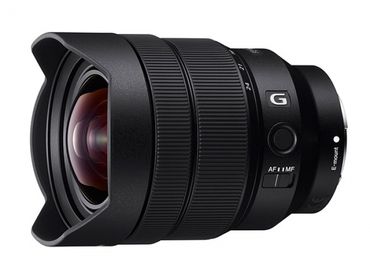

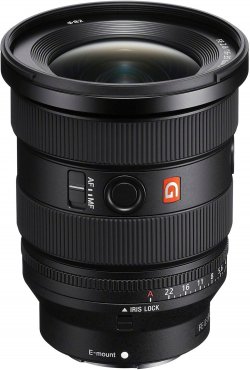
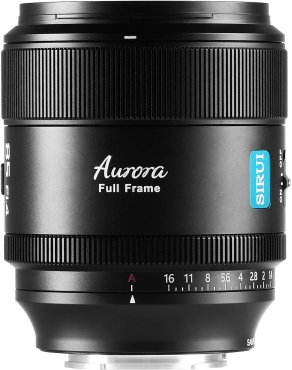
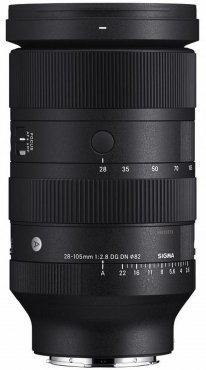
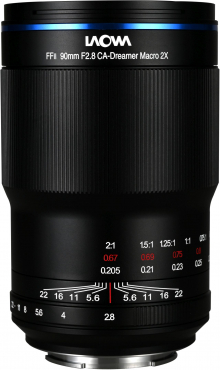


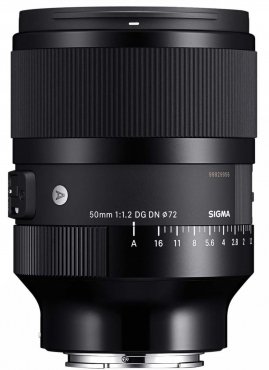
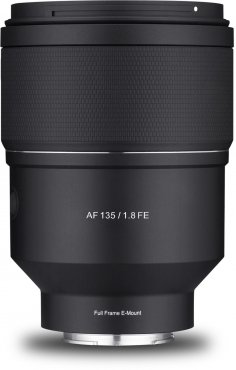

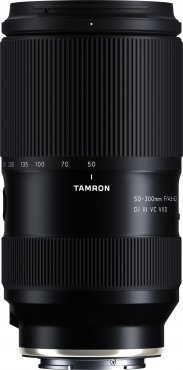
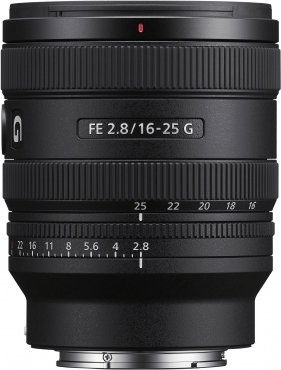
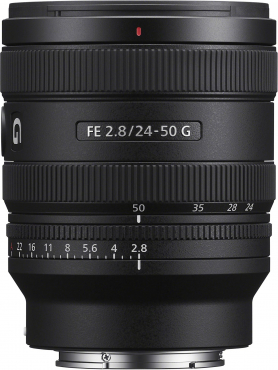

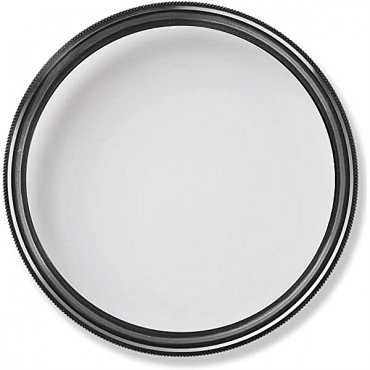
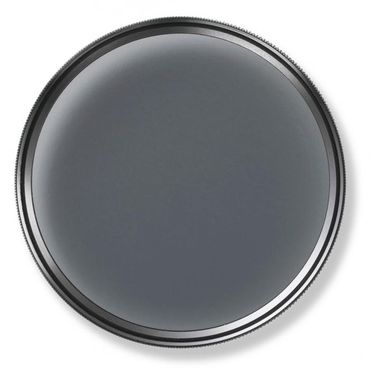
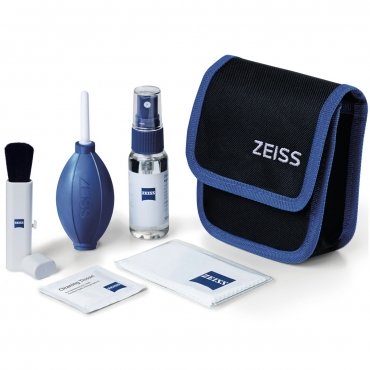
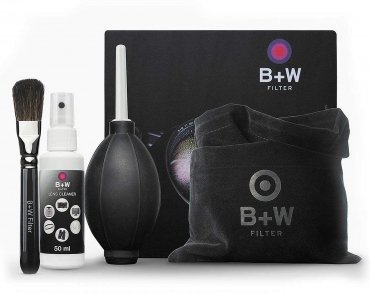
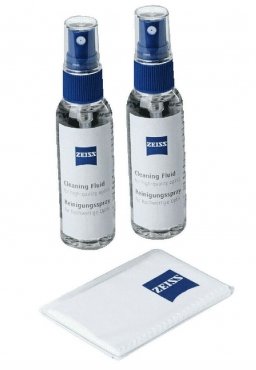
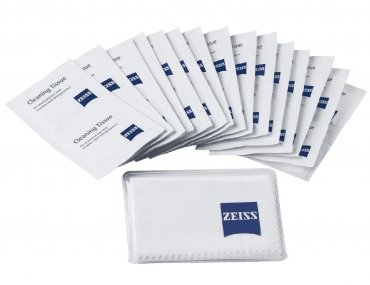
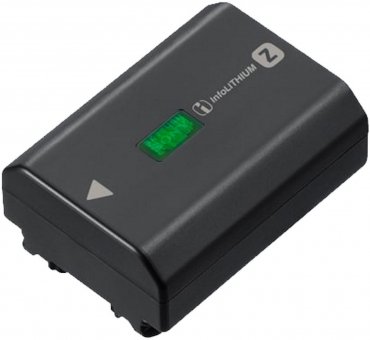
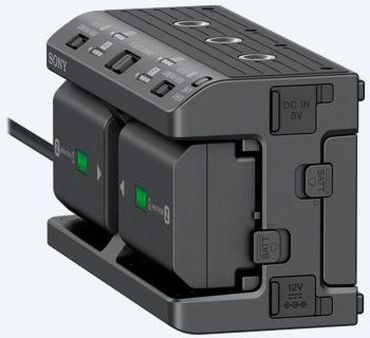
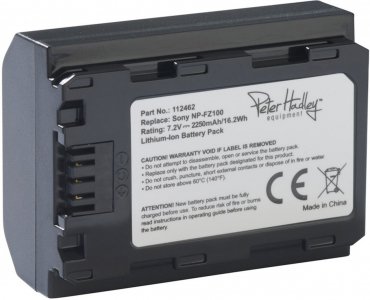
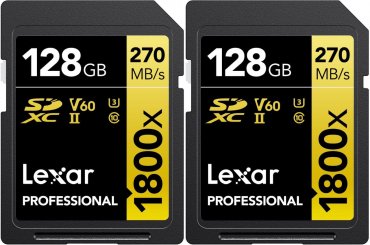
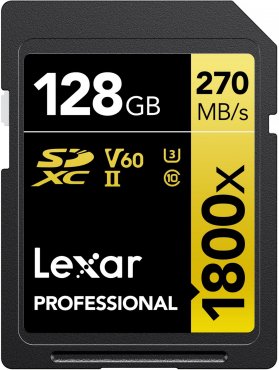
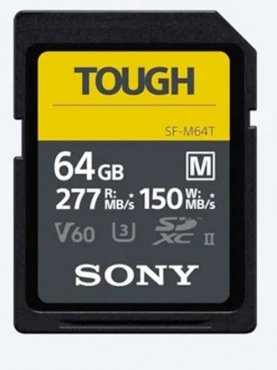

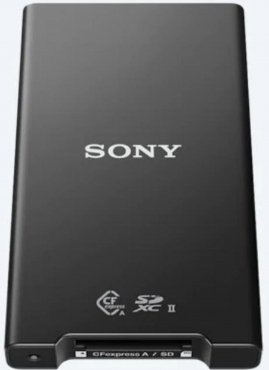
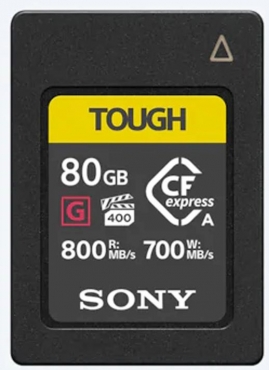
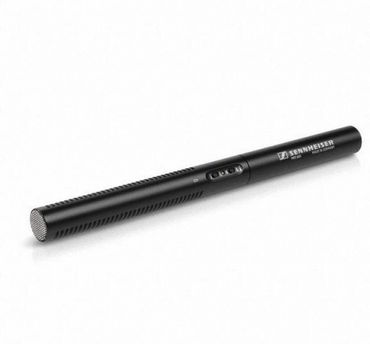

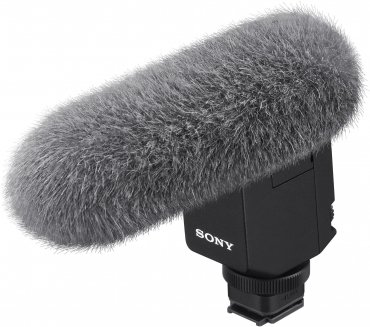
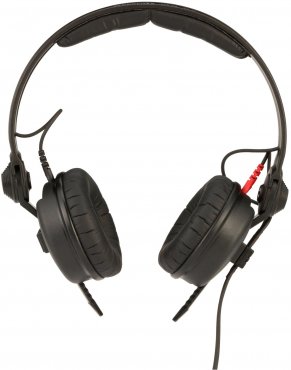
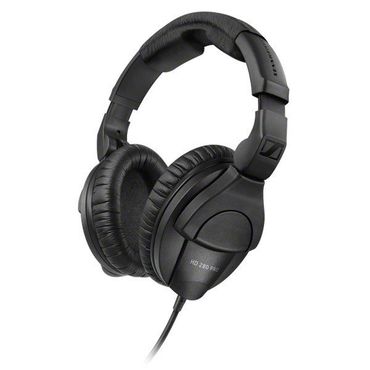

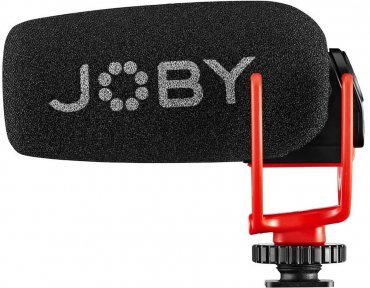
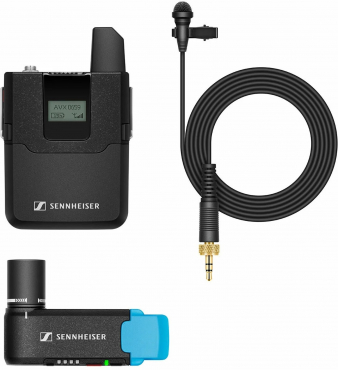
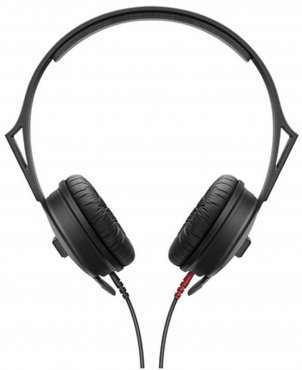
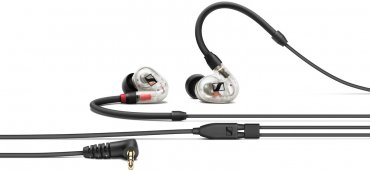

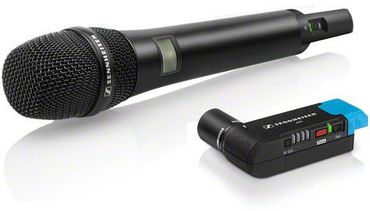
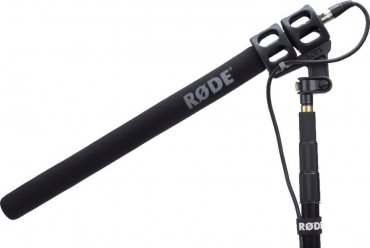

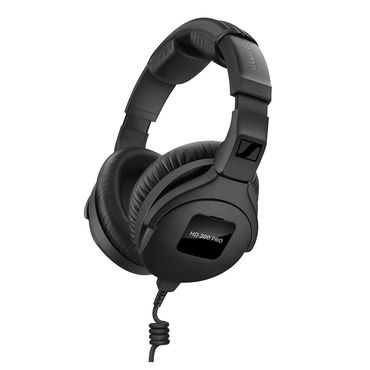
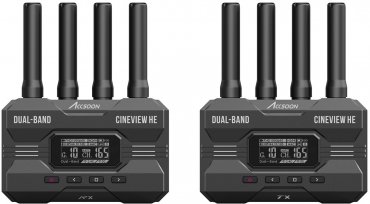




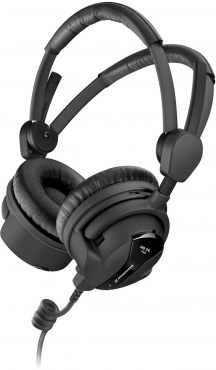

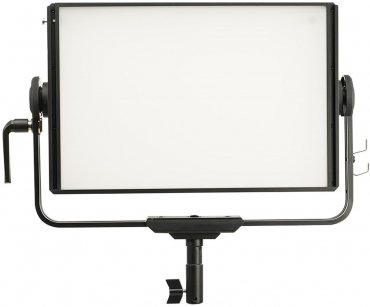
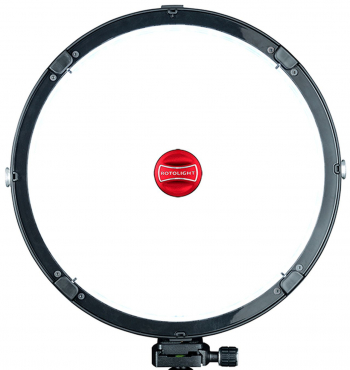
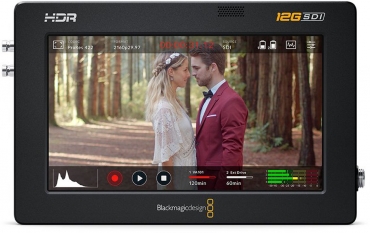
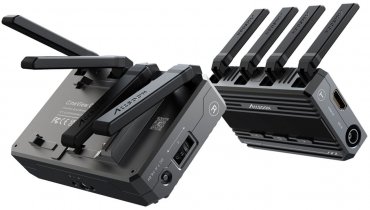
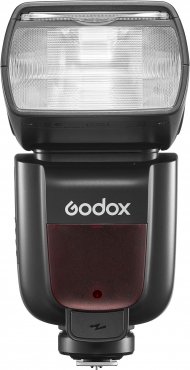
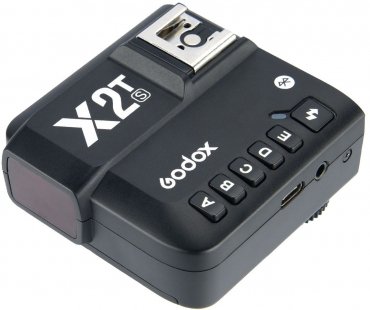
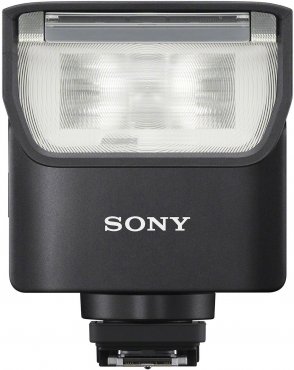
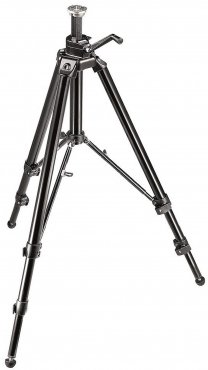
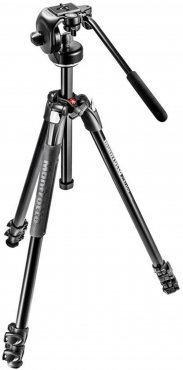

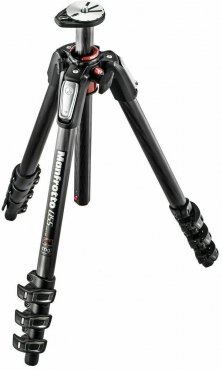

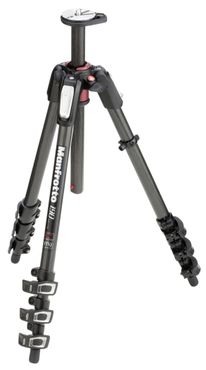

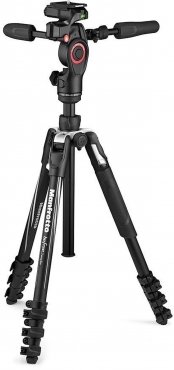

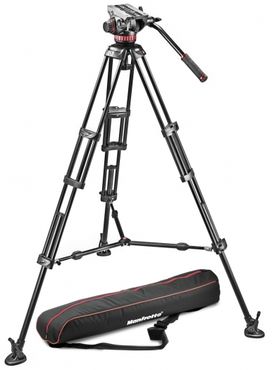
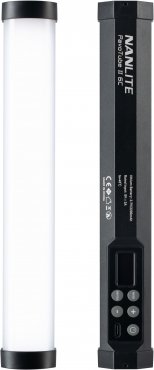
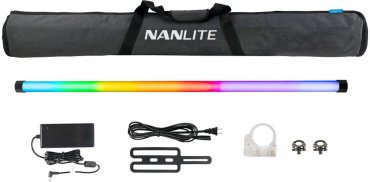

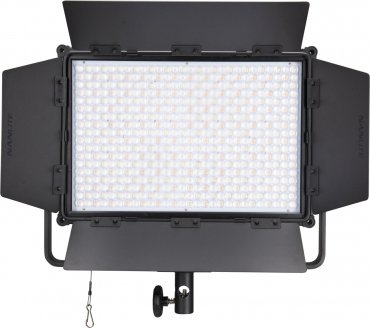
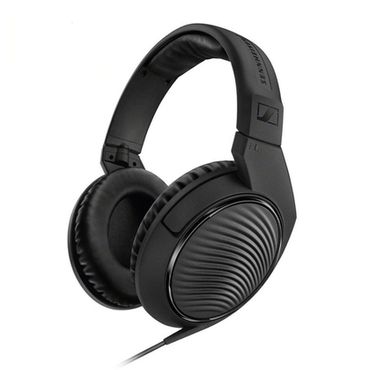
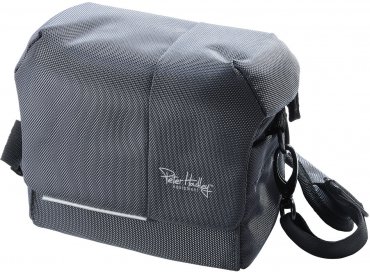
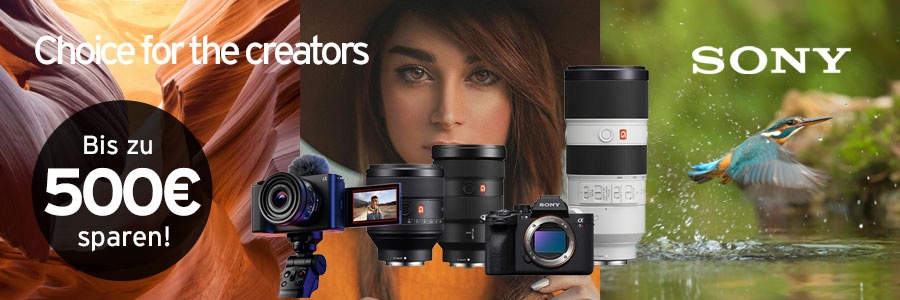
Simply subscribe and benefit as a newsletter recipient every week: